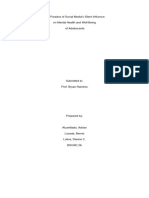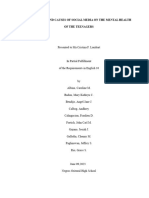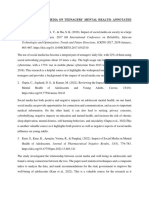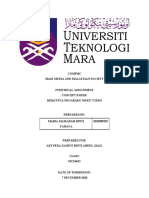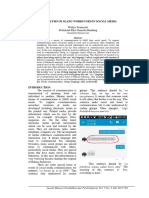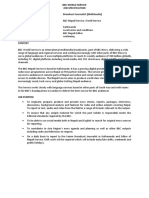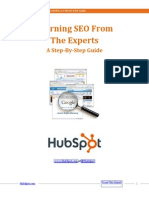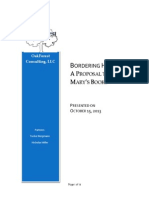0% found this document useful (0 votes)
21 views3 pagesIntroduction
The document discusses the dual impact of social media on teenage mental health, highlighting both its benefits, such as social support and educational opportunities, and its drawbacks, including increased anxiety, depression, and cyberbullying. It emphasizes the need for a balanced approach to social media use, advocating for education, stricter regulations, and mental health support to mitigate risks. The UK has taken proactive measures through legislation and programs, contrasting with a more global call for corporate responsibility in addressing these issues.
Uploaded by
phuctwoanCopyright
© © All Rights Reserved
We take content rights seriously. If you suspect this is your content, claim it here.
Available Formats
Download as DOCX, PDF, TXT or read online on Scribd
0% found this document useful (0 votes)
21 views3 pagesIntroduction
The document discusses the dual impact of social media on teenage mental health, highlighting both its benefits, such as social support and educational opportunities, and its drawbacks, including increased anxiety, depression, and cyberbullying. It emphasizes the need for a balanced approach to social media use, advocating for education, stricter regulations, and mental health support to mitigate risks. The UK has taken proactive measures through legislation and programs, contrasting with a more global call for corporate responsibility in addressing these issues.
Uploaded by
phuctwoanCopyright
© © All Rights Reserved
We take content rights seriously. If you suspect this is your content, claim it here.
Available Formats
Download as DOCX, PDF, TXT or read online on Scribd
/ 3




